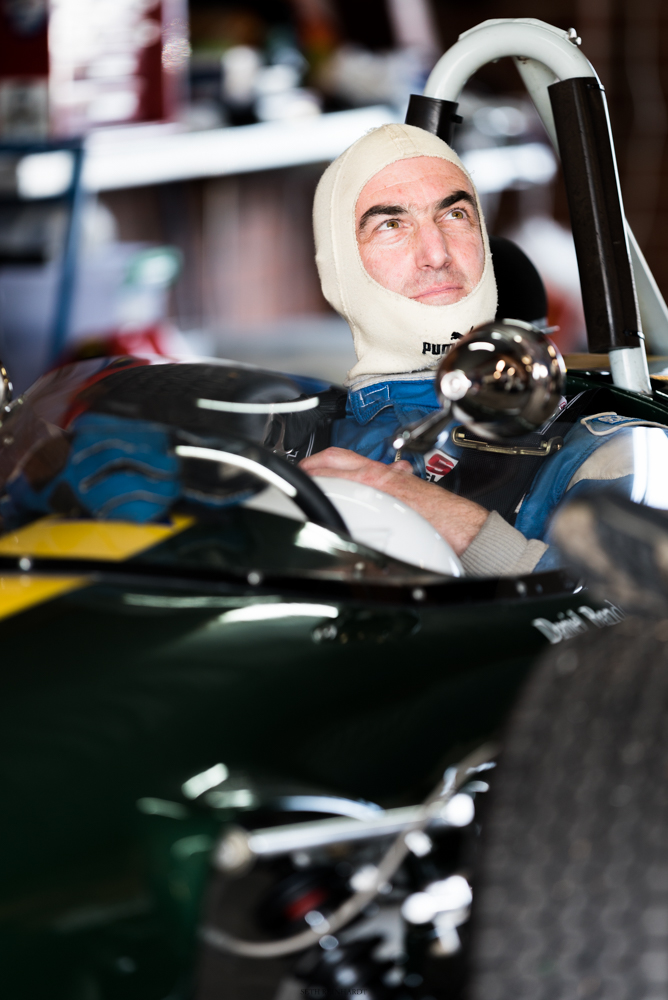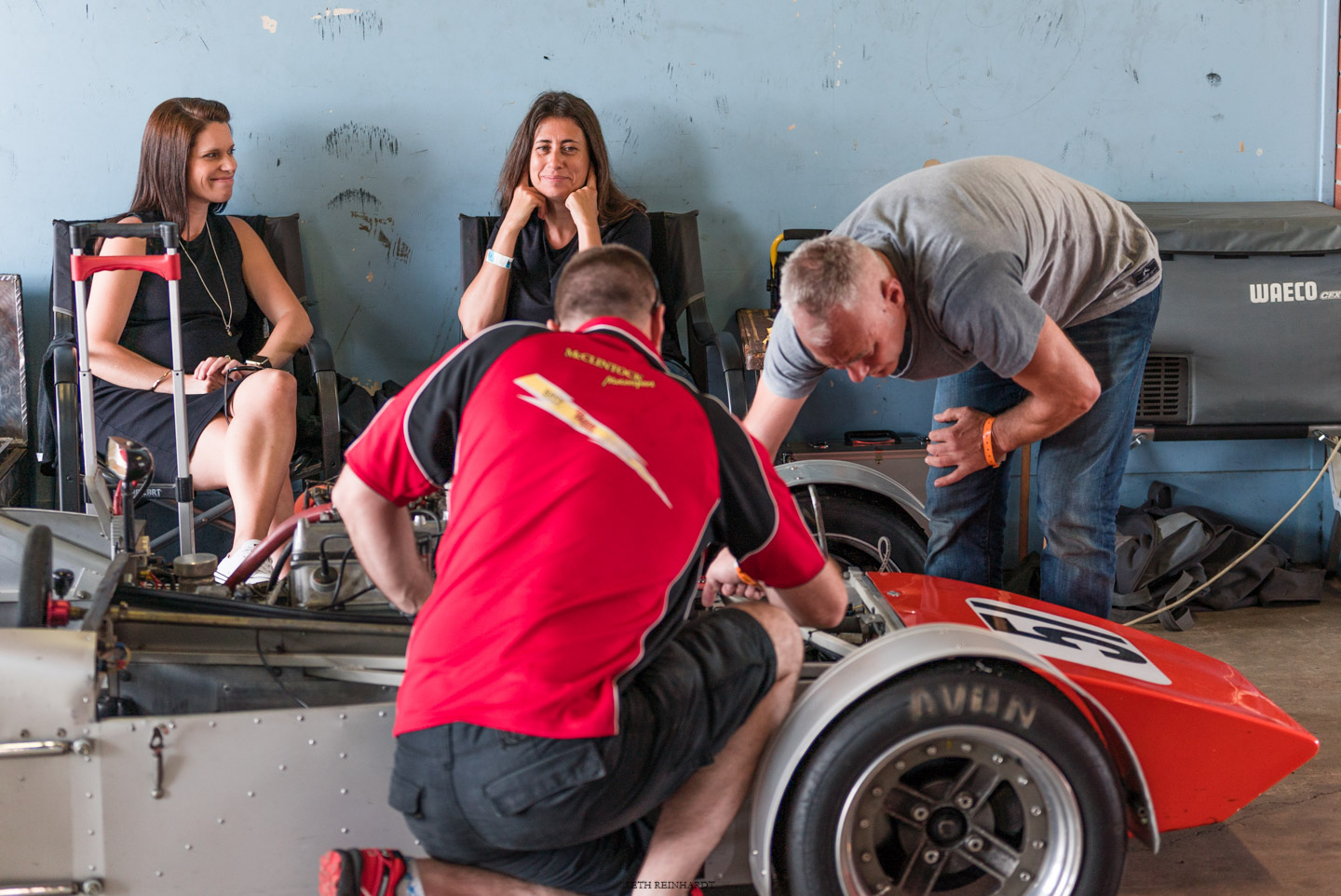Nik Masters is a passionate member of the motorsport community who wants to get into historic racing and is doing his homework on how best to do so. He’s been investigating the costs, preparation and experience of racing a historic car and spent Saturday at the Tasman Trophy with Club regular Dan Bando to develop some first hand insights into the sport.
He’s kindly shared his experience with us, and its a must-read for anyone interested in the sport. Read on!
Thanks to Nik Masters
I have been a passionate motorsport follower for most of my life. As well as following categories like Formula 1, a few years ago I also got involved in officiating at SMSP to try and get more involved in the sport.
I have always loved historic race and sports cars and it was always a great pleasure to flag marshall at events hosted by the HSRCA. With such a wide variety of cars on display from many eras of the sport the bug to potentially get more involved was always itching!
Having done the odd drive day on track but not previously participating in club racing there were a lot of questions I had when considering how to get more involved in the sport. Finding examples of the cost of a car and trailer was simply enough on the internet, but I wanted to learn about the ongoing costs such as how often tyres are replaced, what suspension adjustments are made at different events, who rebuilds the engines etc etc. There were a lot of questions I wanted to answer before I could get an idea of a budget to go racing as well as what was involved at a race weekend beyond driving the car.
I contacted the HSRCA and offered a suggestion to encourage new members to the Club by asking Club drivers or owners to invite a potential member to spend some time in their garage at an event. Following the suggestion Daniel Bando kindly offered for me to spend some time with him at the November Tasman event, which I gratefully accepted.

Daniel arranged for a ticket to access the event and I met him and his dad John in their garage first thing on Saturday. Both were extremely welcoming and Daniel’s Lotus 51 was a beautiful example of a loved historic racer. There were a variety of cars sharing the garage and it was great to get so close to the cars and watch the work being done by drivers and mechanics during the day.
Daniel was brilliant in enthusiastically answering all my questions and also took me along to the drivers briefing to get an idea of the process. He was happy to share information about his car and how he got into motorsport by initially sharing the cost of a car with a friend – a great idea to reduce the costs when starting out. John and Daniel also asked me to join them on the dummy grid which again showed another aspect of a race weekend I hadn’t previously been involved in.

One thing I really noticed was that there seemed to be a great camaraderie between competitors. As well as banter between drivers everyone also seemed happy to chat with spectators about their cars and the event. The feeling in the pits was very open and friendly – certainly a world away from the closed shop of a Formula 1 pit – unless you pay big money for a Paddock Pass!
For anyone interested in getting involved in historic motorsport or just those with a passion for racing cars, spending a day in the pits was a great way to learn about what goes on at a race weekend and get to see the cars up close. I am certainly more interested than ever in getting started in historic motorsport.
My sincere thanks to Daniel and John Bando for their hospitality during the day – it was a privilege to be able to share their infectious enthusiasm for racing.
To catch up on the action at the 2016 Tasman Trophy, check out our wrap-up and photo galleries right here.
